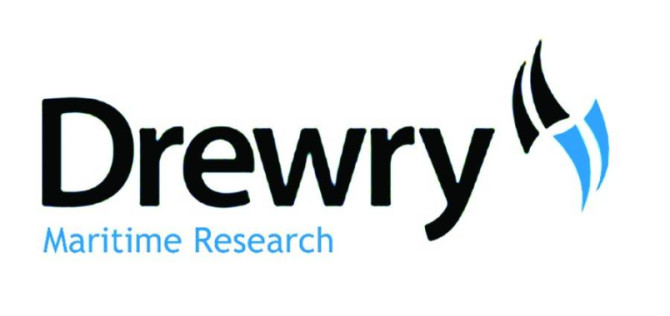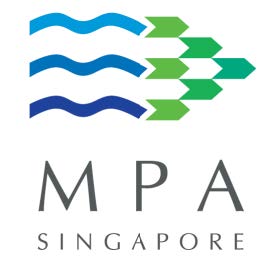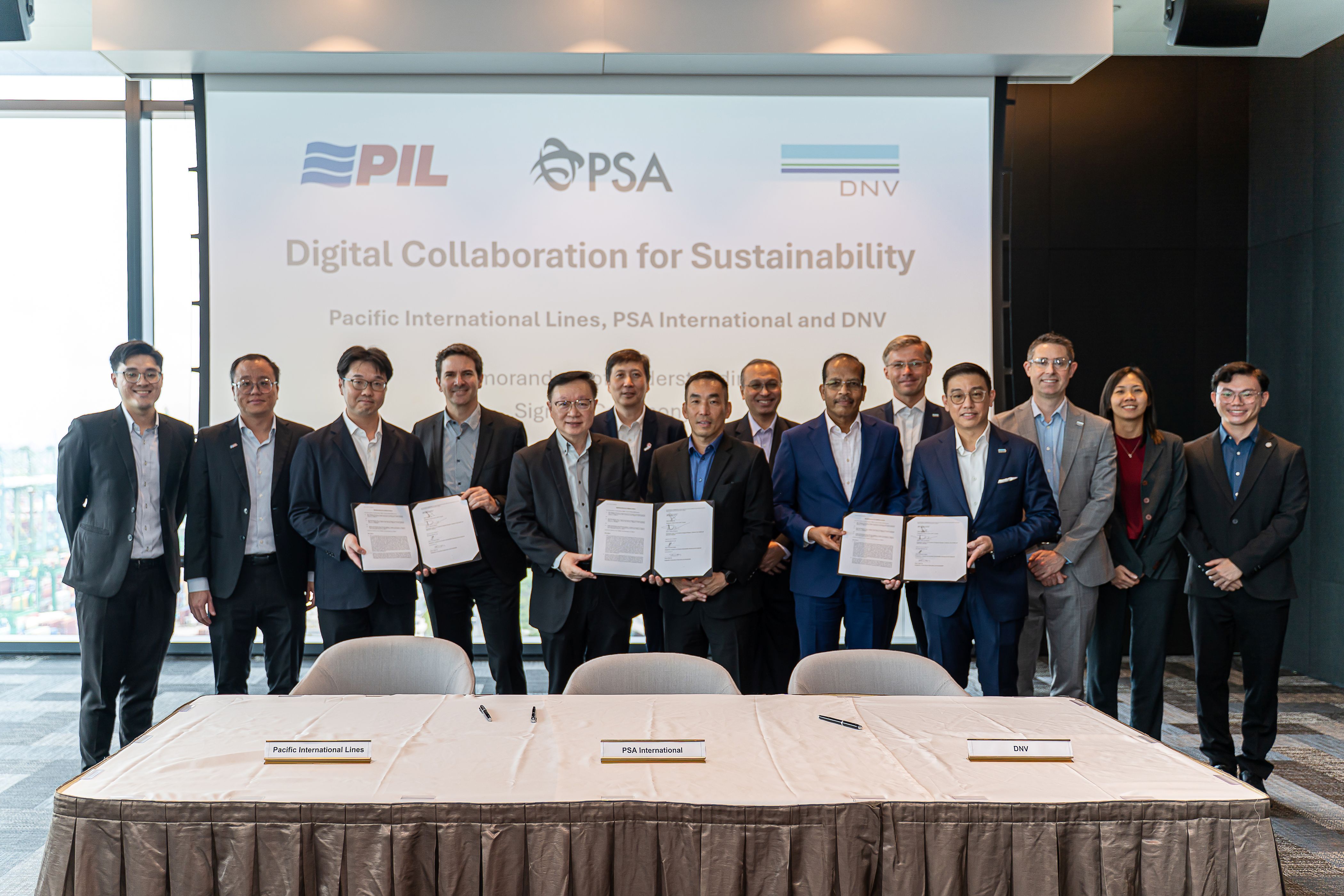
Container shipping bunker adjustment factors (BAFs) will rocket later this year as the deadline for the mandatory use of new low-sulfur fuels across the global maritime fleet draws closer.
According to London-based consultant Drewry, the BAFs shippers will face from container lines “will soar between 4Q19 and 1Q20 first and will be very volatile in the first half of 2020.”
Scheduled to enter into force Jan. 1, 2020, the new International Maritime Organization (IMO) regulations will be a major boost to the environmental performance of ocean freight. However, the premium prices of low-sulfur fuels are expected to drive up global supply chain costs.
Shipping organizations have raised concerns about the scant availability of the new fuels, which is expected to further push up prices. Even so, the IMO has warned that compliance with the regulations will be strictly monitored “on and after Jan. 1, 2020.”
As a result, prices are expected to surge in the coming months even ahead of the Jan. 1 deadline as shipping companies test the new fuels and take on fuel ahead of long hauls.
Drewry said that over July and August, prices for low-sulfur fuel compliant with IMO 2020 were already “about 30%” more than the current high-sulfur IFO380 fuel at Asian ports that have started selling it.
“The demand for low-sulfur fuel will increase considerably by November/December and market conditions will be very different then,” Drewry noted.
“We believe that the chances are that low-sulfur bunker prices will, after increasing in 2020, fall in 2021 and 2022 as the initial price premium decreases.”
Unless some form of emission abatement technology such as scrubbers has been installed on vessels, the new rules mandate that the sulfur content of fuel oil used by ships operating outside designated emission control areas does not to exceed 0.5%, compared to 3.5% now. Around 5% of the total TEU capacity of the top 10 container operators is currently estimated to be scrubber fitted.
Drewry expects less fuel-efficient ships will be shunned by carriers, prompting vessel scrapping rates to increase. However, owners that have fitted vessels with scrubbers will benefit.
“Shipping lines with a high use of scrubbers will be able to continue to buy a lot of high-sulfur fuel and will become more cost competitive and better insulated from low-sulfur price volatility than other shipping lines,” said Drewry.
The consultant predicted in July that the extra annual fuel bill for container shipping would total approximately $10 billion to $15 billion. Given that the container shipping industry registered a total profit of circa $1.5 billion last year, lines are understandably eager to pass on the full costs of the hike to customers.
To that end, Drewry has launched a low-sulfur bunker price tracker aimed at helping shippers, forwarders and container lines agree on bunker charges.
“Contractually, the ability of shippers and providers to adjust their bunker adjustment factors at an appropriate time toward the end of 2019 — various switching dates can be negotiated — and at a fair cost is a top priority for the next few months,” said the analyst.
“The one remaining area of uncertainty is whether carriers will resort to more slow-steaming in the era of more expensive bunkers. Watch this space.”
Source:Drewry
The opinions expressed herein are the author's and not necessarily those of The Xinde Marine News.
Please Contact Us at:
admin@xindemarine.com


 Baltic Exchange launches new Fuel Equivalence Conve
Baltic Exchange launches new Fuel Equivalence Conve  21 Consecutive Years of QUALSHIP 21 Recognition for
21 Consecutive Years of QUALSHIP 21 Recognition for  MPA and Wärtsilä Renew Partnership to Drive Marit
MPA and Wärtsilä Renew Partnership to Drive Marit  MPA and Dalian Maritime University Renew Partnershi
MPA and Dalian Maritime University Renew Partnershi  PSA INTERNATIONAL, DNV AND PACIFIC INTERNATIONAL LI
PSA INTERNATIONAL, DNV AND PACIFIC INTERNATIONAL LI  INTERCARGO Reaffirms Call for Simplicity as IMO Cli
INTERCARGO Reaffirms Call for Simplicity as IMO Cli